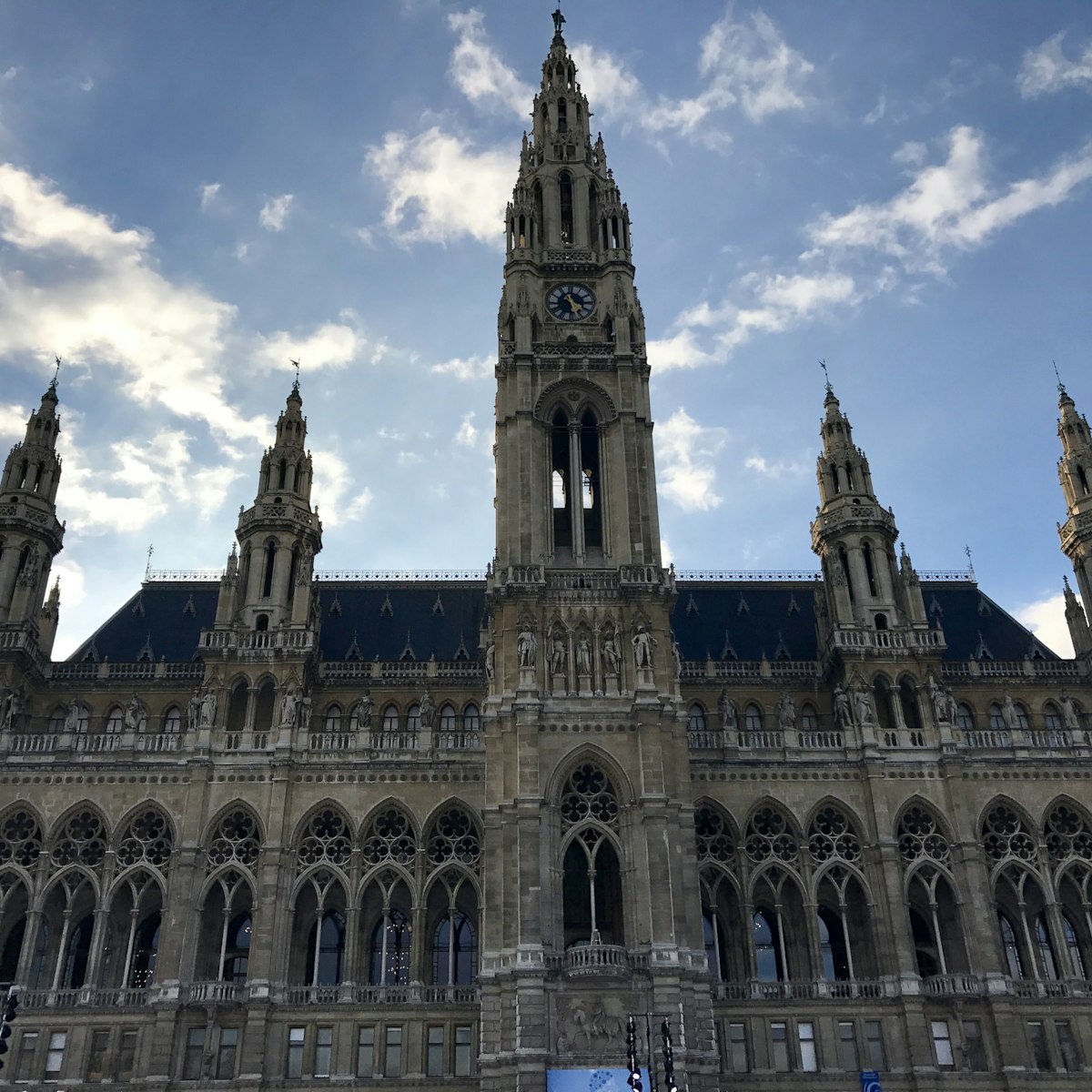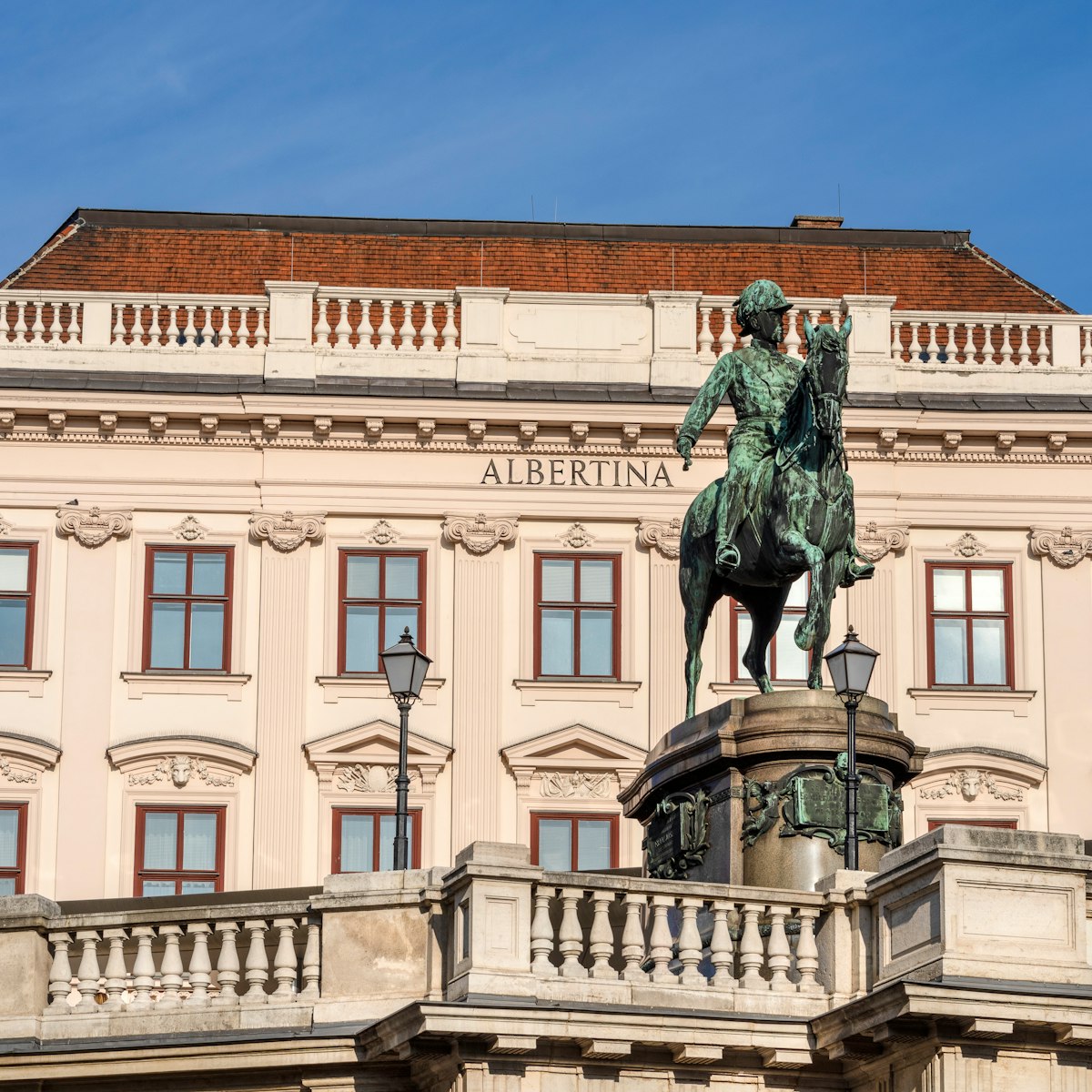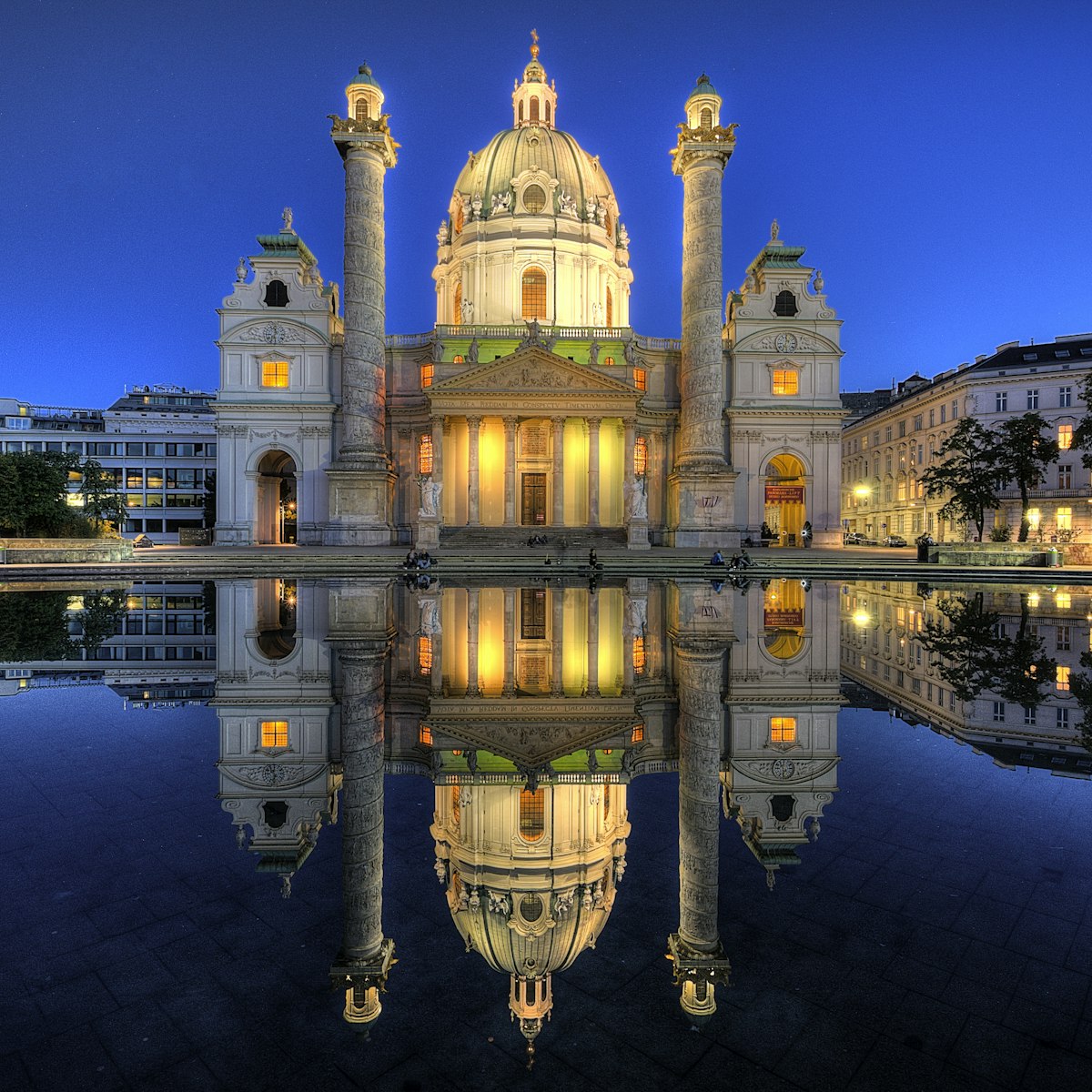In 1897, 19 progressive artists swam away from the mainstream Künstlerhaus artistic establishment to form the Wiener Secession (Vienna Secession). Among their number were Gustav Klimt, Josef Hoffmann, Kolo Moser and Joseph Olbrich. Olbrich designed the new exhibition centre of the Secessionists, which combined sparse functionality with stylistic motifs. Its biggest draw is Klimt's exquisitely gilded Beethoven Frieze. One-hour guided tours in English (€3) take place at 11am Saturday. An audio guide costs €3.
The 14th exhibition (1902) held in the building featured the 34m-long Beethoven Frieze. It was intended as a temporary display, little more than an elaborate poster for the main exhibit, Max Klinger’s Beethoven monument. Since 1983 the frieze has been on display in the basement. Multilingual brochures explain the various graphic elements, which are based on Richard Wagner’s interpretation of Beethoven’s ninth symphony. The small room you enter before viewing Klimt's work tells the story of the building. It served as a hospital during WWI and was torched by the retreating Germans during WWII (the gold dome survived the fire).
The building is certainly a move away from the Ringstrasse architectural throwbacks. Its most striking feature is the delicate golden dome rising from a turret on the roof that deserves better than the description ‘golden cabbage’ accorded it by some Viennese. Other features are the Medusa-like faces above the door with dangling serpents instead of earlobes, minimalist stone owls gazing down from the walls and vast ceramic pots supported by tortoises at the front.







